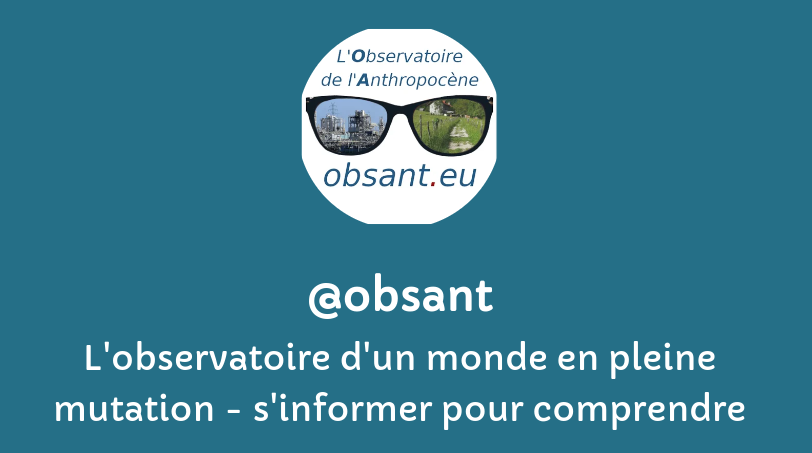Les champs auteur(e)s & mots-clés sont cliquables. Pour revenir à la page, utilisez le bouton refresh ci-dessous.
filtre:
météorologie
Researchers say Aardvark Weather uses thousands of times less computing power and is much faster than current systemsA single researcher with a desktop computer will be able to deliver accurate weather forecasts using a new AI weather prediction approach that is tens of times faster and uses thousands of times less computing power than conventional systems.
A long-term sea level dataset shows ocean surface heights continuing to rise at faster and faster rates over decades of observations. Global average sea level rose by about 0.3 inches (0.76 centimeters) from 2022 to 2023, a relatively large jump due mostly to a warming climate and the development of a strong El Niño. The total rise is equivalent to draining a quarter of Lake Superior into the ocean over the course of a year.
Mexico and the Caribbean are experiencing the most intense heatwave in their recorded history. The Mexican Plateau is being seared by harsh dry heat, while the Caribbean contends with deadly humid temperatures. On June 12, 2023, the mercury soared above 45 °C (113 °F) in several areas, including regions of high altitude. The city of Torreón, sitting at 1 123 m (3 684 feet) above sea level, saw temperatures rise to 43.3 °C (109.94 °F) on June 12, while Durango Airport, located at 1 872 m (6 142 feet) altitude, experienced 40.4 °C (104.72 °F) heat. La Bufa, perched even higher at 2 612 m (8 570 feet) above sea level, broke all-time records with a temperature of 33.4 °C (92.12 °F).
Abstract. The summer of 2022 was memorable and record-breaking, ranking as the second hottest summer in France since 1900, with a seasonal surface air temperature average of 22.7 ∘C. In particular, France experienced multiple record-breaking heatwaves during the meteorological summer. As the main heat reservoir of the Earth system, the oceans are at the forefront of events of this magnitude which enhance oceanic disturbances such as marine heatwaves (MHWs). In this study, we investigate the sea surface temperature (SST) of French maritime basins using remotely sensed measurements to track the response of surface waters to the atmospheric heatwaves and determine the intensity of such feedback. Beyond the direct relationship between SSTs and surface air temperatures, we explore the leading atmospheric parameters affecting the upper-layer ocean heat budget. Despite some gaps in data availability, the SSTs measured during the meteorological summer of 2022 were record-breaking, the mean SST was between 1.3 and 2.6
World Weather Attribution ties disasters and extreme conditions to climate change—providing crucial leverage for legal and policy battles.
Extreme event attribution aims to elucidate the link between global climate change, extreme weather events, and the harms experienced on the ground by people, property, and nature. It therefore allows the disentangling of different drivers of extreme weather from human-induced climate change and hence provides valuable information to adapt to climate change and to assess loss and damage. However, providing such assessments systematically is currently out of reach. This is due to limitations in attribution science, including the capacity for studying different types of events, as well as the geographical heterogeneity of both climate and impact data availability. Here, we review current knowledge of the influences of climate change on five different extreme weather hazards (extreme temperatures, heavy rainfall, drought, wildfire, tropical cyclones), the impacts of recent extreme weather events of each type, and thus the degree to which various impacts are attributable to climate change.
The publication provides a summary on the state of the climate indicators in 2021 including global temperatures trends and its distribution around the globe; most recent finding on Green House Gases concentration, Ocean indicators; Cryosphere with a particular emphasis on Arctic and Antarctic sea ice, greenland ice sheet and glaciers and snow cover; Stratospheric Ozone; analysis of major drivers of inter-annual climate variability during the year including the El Niño Souther Oscillation and other Ocean and Atmshperic indices; global precipitation distribution over land; extreme events including those related to tropical cyclones and wind storms; flooding, drought and extreme heat and cold events. The publication also provides most recent finding on climate related risks and impacts including on food security, humanitarian and population displacement aspects and impact on ecosystems.
The Australian Bureau of Meteorology has declared a La Niña weather event is under way, with modelling predicting it “will persist until the late southern hemisphere summer or early autumn 2022”.
A fierce cold snap brought rare snow, icy rain, and strong winds to parts of southern Brazil on July 29 and 30, 2021. The event comes after several waves of destructive frost since mid-June.
The list of extremes in just the last few weeks has been startling: Unprecedented rains followed by deadly flooding in central China and Europe. Temperatures of 120 Fahrenheit (49 Celsius) in Canada, and tropical heat in Finland and Ireland. The Siberian tundra ablaze. Monstrous U.S. wildfires, along with record drought across the U.S. West and parts of Brazil.
Global temperature in June was +1.13°C (relative to the 1880-1920 base period, which is our best estimate of preindustrial temperature); it was +0.85°C relative to the 1951-1980 base period. High temperature anomalies were notable in northwest North America, northeast Siberia, and a horseshoe-shaped area covering much of Europe and western Asia (Fig. 1). The Pacific Northwest heatwave continued into July with daily temperatures exceeding prior records by several degrees, an extreme that merits discussion.
abs_empty
![]()



